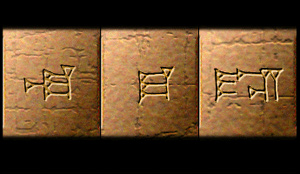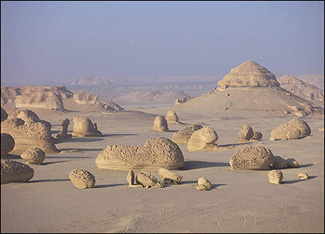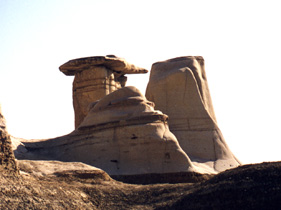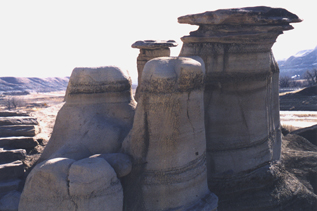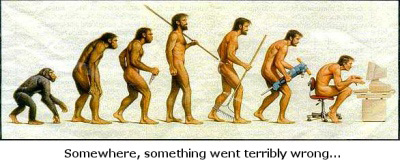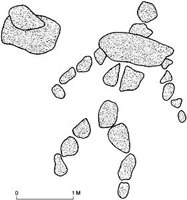Lascaux & Lakota
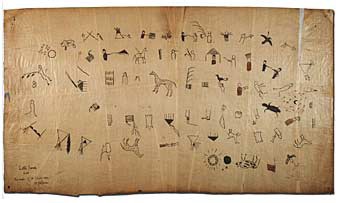
The Swan Winter Count
On a short lunch and rest break from final preparations for painting (rooms not canvas), I’m wandering through some favourite blogs. I’m really excited by these two posts about early man’s art and its reproduction, and unique record keeping by a first nations people:
Lascaux at Ionarts. I’m also envious that Charles Downey has personally seen the Spotted Horses in the cave of Pech Merle.
Lakota Winter Counts via Print Australia (or new name bellebyrd). Great online exhibit!
